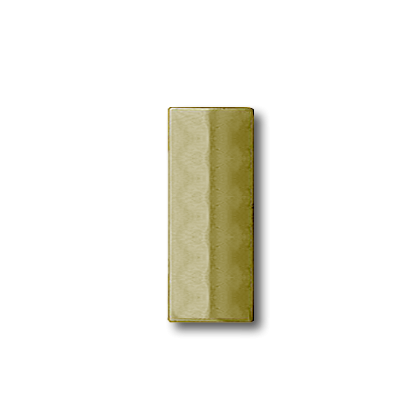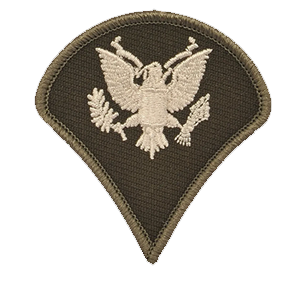Operation Blue Giant
Missions
-
- 7 comments
- 215 views
-
- 7 comments
- 200 views
-
- 7 comments
- 278 views

Deployable Units:
-
2nd Infantry Brigade Combat Team, 3rd Infantry Division "Spartans"
- Alpha Company, First Battalion 30th Infantry Reg, 3rd Infantry Division
- 3rd Combat Aviation Brigade, 3rd Infantry Division
- Coalition Support elements (US Forces & Lithuanian Forces)
Territory Name: Lithuania does not have high mountains and its landscape is dominated by blooming meadows, dense forests and fertile fields of cereals. However, it stands out by the abundance of hillforts, which previously had castles where the ancient Lithuanians burned altars for pagan gods. Lithuania is a particularly watered region with more than 3,000 lakes, mostly in the northeast. The country is also drained by numerous rivers, most notably the longest Nemunas. Lithuania is home to two terrestrial ecoregions: Central European mixed forests and Sarmatic mixed forests.
Territory Intel: 2nd Infantry Brigade Combat Team, 3rd Infantry Division "Spartans", Alpha Company, First Battalion 30th Infantry Reg, 3rd Infantry Division & 3rd Combat Aviation Brigade, 3rd Infantry Division will be deployed near the Suwalki gap, close to the European Route E67. European route E 67 is an E-road running from Prague in the Czech Republic to Helsinki in Finland by way of Poland, Lithuania, Latvia, and Estonia. It goes via Prague, Wrocław, Warsaw, Kaunas, Panevėžys, Riga, Tallinn and Helsinki.
First, 3rdID will have to secure a general area close to the Metsälä airfield where Russians separatists have been especially active and successful. Intel thinks that they are directly supported by the Russian from the Kaliningrad exclave. While no PMCs from the Wagner group were sighted, there is no doubt that they are training the separatists in the region.
Territory Factcheck:
(1) Terrain
Lithuania does not have high mountains and its landscape is dominated by blooming meadows, dense forests and fertile fields of cereals. However it stands out by the abundance of hillforts, which previously had castles where the ancient Lithuanians burned altars for pagan gods. Lithuania is a particularly watered region with more than 3,000 lakes, mostly in the northeast. The country is also drained by numerous rivers, most notably the longest Nemunas. Lithuania is home to two terrestrial ecoregions: Central European mixed forests and Sarmatic mixed forests.
(2) Weather
Lithuania has a temperate climate with both maritime and continental influences. It is defined as humid continental under the Köppen climate classification (but is close to oceanic in a narrow coastal zone).
Average temperatures on the coast are −2.5 °C (27.5 °F) in January and 16 °C (61 °F) in July. In Vilnius the average temperatures are −6 °C (21 °F) in January and 17 °C (63 °F) in July. During the summer, 20 °C (68 °F) is common during the day while 14 °C (57 °F) is common at night; in the past, temperatures have reached as high as 30 or 35 °C (86 or 95 °F). Some winters can be very cold. −20 °C (−4 °F) occurs almost every winter. Winter extremes are −34 °C (−29 °F) in coastal areas and −43 °C (−45 °F) in the east of Lithuania.
Background Timeline
Tensions with the USSR and then Russia have been there since 1947. Again, Russia is massing its forces next to our European allies. In an effort to destabilize the region, and most notably Ukraine, Russia has been sending PMCs from the Wagner group and been supporting Russian separatist in the region. While we cannot deploy to Ukraine, our allies from Lithuania are in the same situation and require help.

Lithuania, officially the Republic of Lithuania, is a country in the Baltic region of Europe. It is one of the three Baltic states and lies on the eastern shore of the Baltic Sea. Lithuania shares land borders with Latvia to the north, Belarus to the east and south, Poland to the south, and Kaliningrad Oblast of Russia to the southwest.

The Lithuania–Russia border is an international border between the Republic of Lithuania and Kaliningrad Oblast, an exclave of the Russian Federation. It is an external border of the European Union. In the case of a mass invasion, NATO command is scared that the Russian will take quick control of the border between Lithuania and Poland (The Suwalki Gap) by using troops in the Kaliningrad Oblast and Belarus.

This border allows the Russians to supply their PMCs and Separatist fairly easily with heavy equipment. Lithuania has been in great danger recently and needs reinforcement. In case of a war, that border needs to be under control of NATO, so we can keep supplying our troops and allies in the Baltic states.
Main Story Line
2nd Infantry Brigade Combat Team, 3rd Infantry Division "Spartans" will be deployed in the southern part of Lithuania, where the tensions have been reported to be hitting new heights. The border needs to be secured, Russian separatists need to be stopped and PMCs from the Wagner group eliminated.




